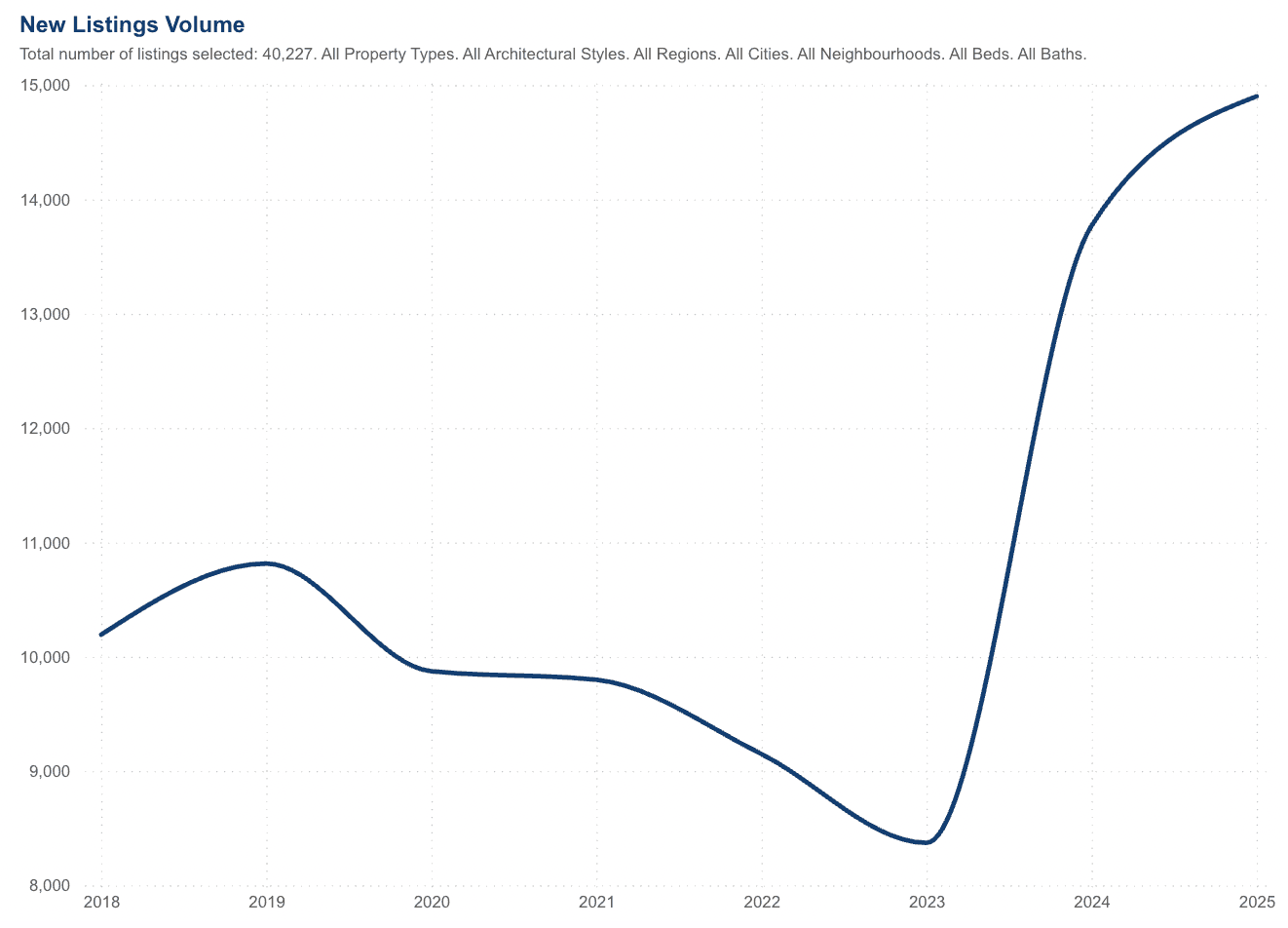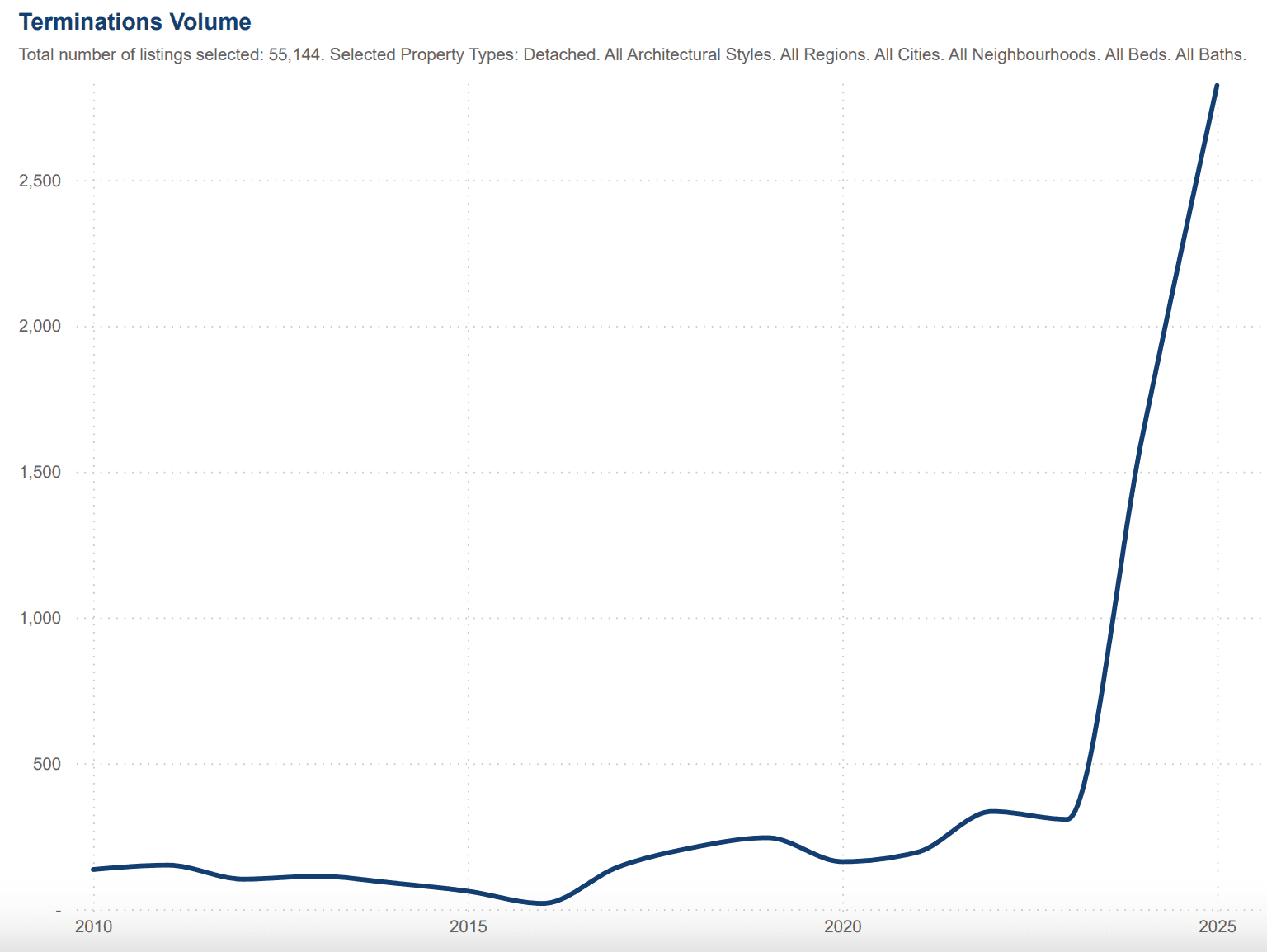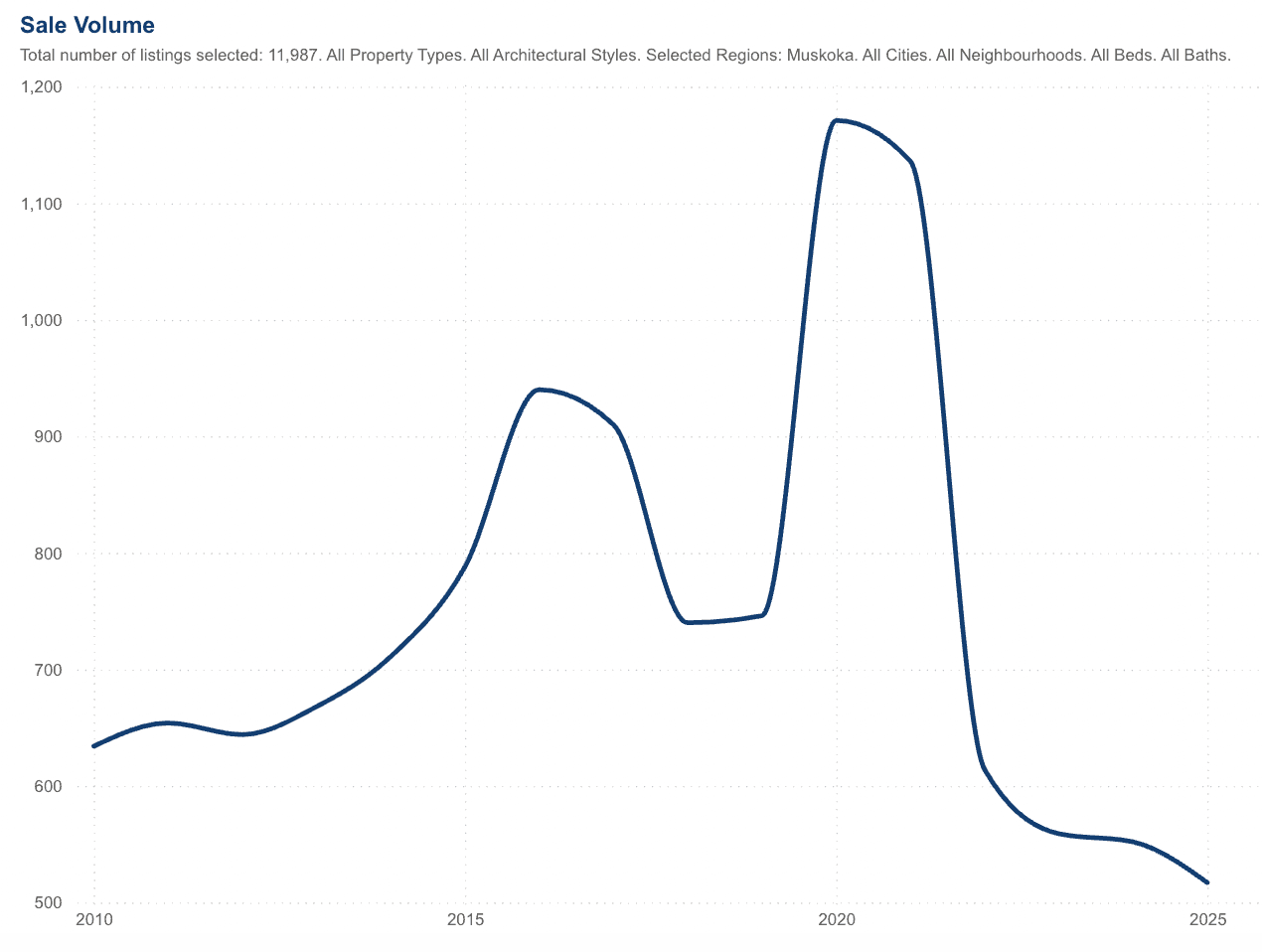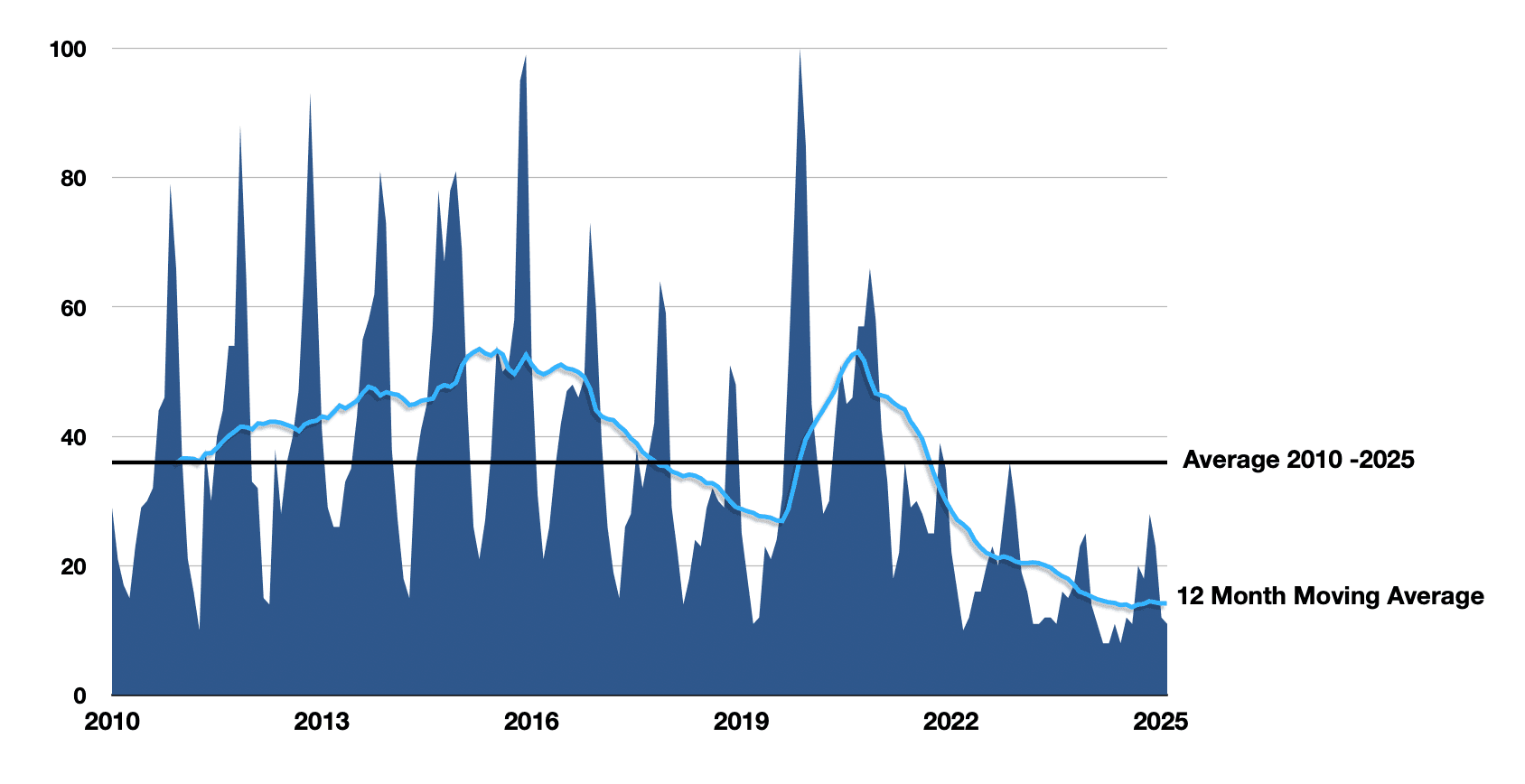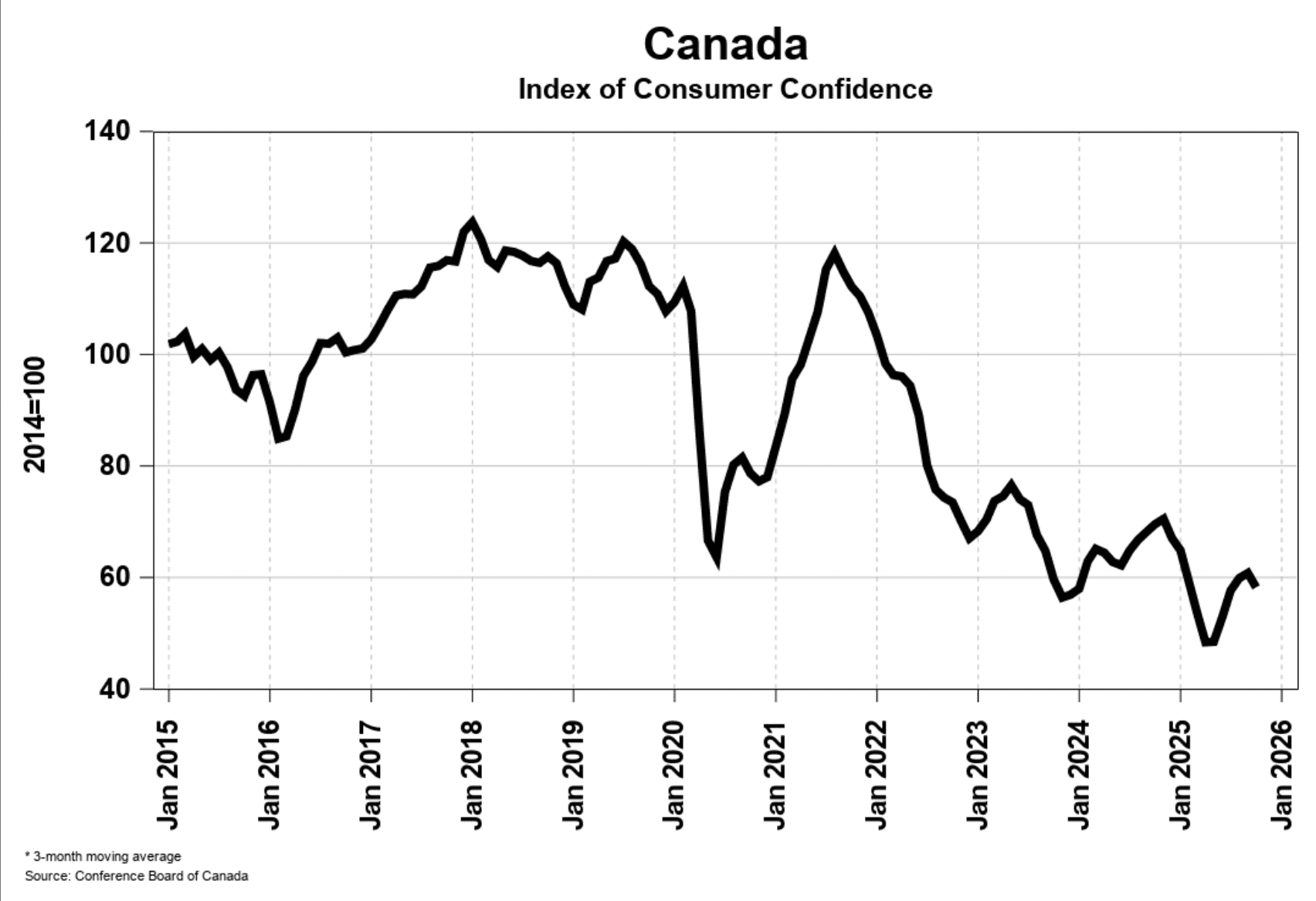U.S. Tariffs: The Wildcard Shaping Canada’s Real Estate Outlook
The outlier influencing real estate markets — not just in Ontario's cottage country but across Canada — is the growing impact of U.S. tariffs on the broader economy. This is a complex, ever-moving situation with many variables, making it difficult to forecast. What is clear, however, is that the potential implications are far-reaching and significant, as uncertainty ripples through financial markets, employment, and consumer confidence.
Early Signs of Market Reaction
According to data from the Canadian MLS® Systems, January 2025 saw a double-digit surge in new listings compared to December 2024. At the same time, sales activity slowed noticeably toward the end of the month, coinciding with the early stages of what appeared to be a potential trade war with the United States.
Overall, home sales declined by 3.3% month-over-month, with most of the drop occurring in the final week of January as the tariff discussions intensified. Meanwhile, newly listed homes jumped by 11%, marking the largest seasonally adjusted monthly increase in new supply on record (excluding pandemic-related spikes) since the late 1980s.
“The standout trends to begin the year were a big jump in new supply at an uncommon time of year, as well as a weakening in sales which only showed up around the last week of January,” said Shaun Cathcart, Senior Economist at CREA. “The timing of that change in demand leaves little doubt as to the cause – uncertainty around tariffs.”
This combination of surging supply and falling sales has suddenly shifted many markets — particularly in Ontario and British Columbia — back toward softer pricing conditions.
The Real Threat: Uncertainty
It’s not just the tariffs themselves that are disruptive — it’s the uncertainty they create. Buyers are hesitating to make large capital commitments, while sellers are increasingly anxious about job security and future affordability.
According to the Bank of Canada’s report, Evaluating the Potential Impacts of U.S. Tariffs, all modeled scenarios point to higher costs for imported goods, which could lead to renewed inflationary pressure. Although the report stops short of specific forecasts, it suggests the potential for slower growth and eroded consumer confidence.
A follow-up analysis from Scotiabank Economics warned that retaliatory tariff measures from the Canadian government could push interest rates up by as much as 3%, a move that would further dampen borrowing capacity and demand in an already fragile housing market.



